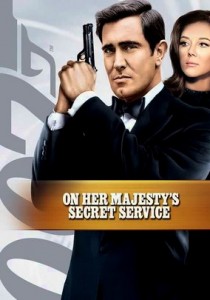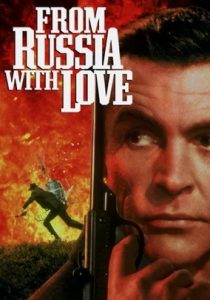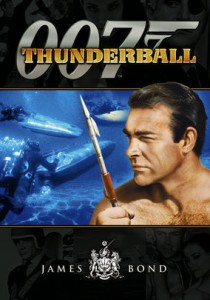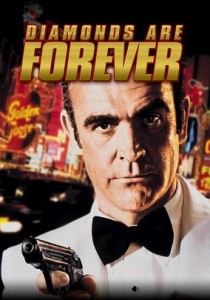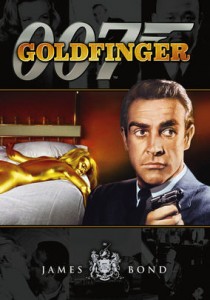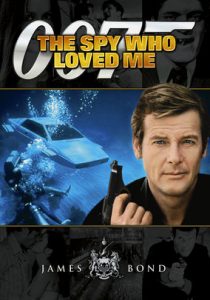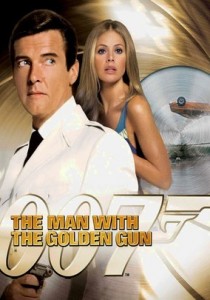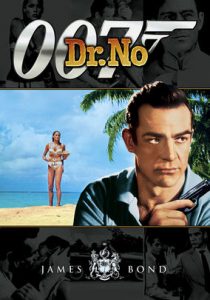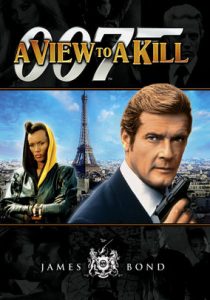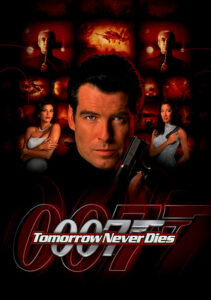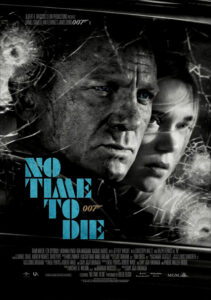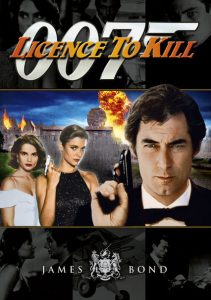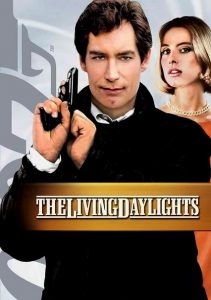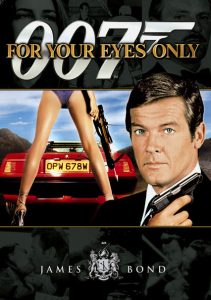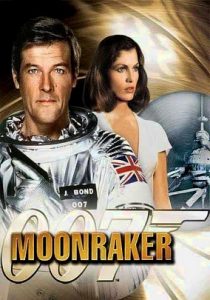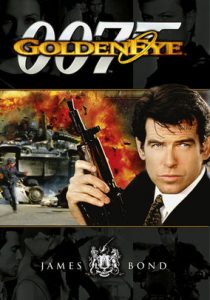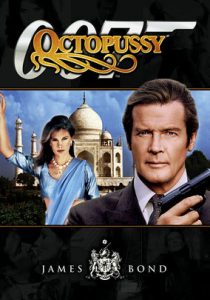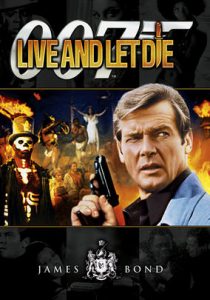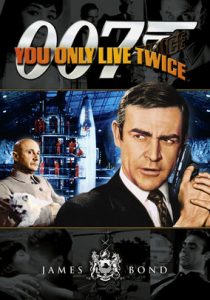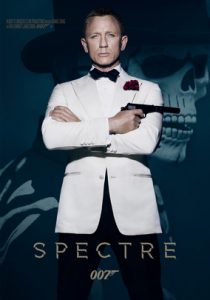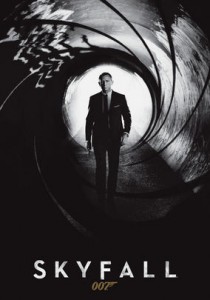On Her Majesty’s Secret Service-1969
Director Peter Hunt
Starring George Lazenby, Diana Rigg, Telly Savalas
Top 250 Films #17
Scott’s Review #156
Reviewed August 19, 2014
Grade: A
On Her Majesty’s Secret Service (1969) is often derided by fans of the James Bond franchise, which is a shame, as it is artistically and story-wise top of the heap and my personal favorite from the series.
Bond, now played by George Lazenby, is on the hunt for arch-nemesis Blofeld, played by Telly Savalas. Blofeld is intent on securing amnesty for his past deeds and is threatening to ruin the world’s food supply if his demands are not met.
Often known among Bond historians as “the one with George Lazenby”, who, if not for Sean Connery returning to the series in the next film, could have lasted much longer in the role, is a breath of fresh air and wonderfully cast.
Lazenby brings his form of charisma, great looks, and charm to the role, and Sean Connery is a tough act to follow, but Lazenby succeeds in spades.
Diana Rigg is one of the best Bond girls of all time as she is intelligent, sophisticated, confident, and beautiful, a great counterpart to Bond- she is more his equal, rather than simply just a conquest for him, and the two actors have real chemistry.
Telly Savalas is effective as Blofeld, though not my all-time favorite Bond villain by any stretch- something is missing in his performance.
In typical Bond fashion, the film begins in sunny Portugal, skips to London, and finishes in cold Switzerland. I love the icy, snowy Switzerland locales in the movie and the ski chase, downhill bobsled chase, car chase on ice, and subsequent blizzard, which are brilliantly atmospheric.- a perfect film to view on a cold winter’s night!
I love the inside quips in this one, especially when Lazenby says, “I bet this never happened to the other fellow,” and “He had lots of guts.”
Both are laugh-out-loud clever.
The shocking and tragic ending is uncharacteristic of a Bond film and a brilliant change from many of the movies, as Bond is humanized.
On Her Majesty’s Secret Service (1969) is more character-driven than the other films in the franchise while still providing lots of adventure, and should be revered as a more layered Bond offering.
